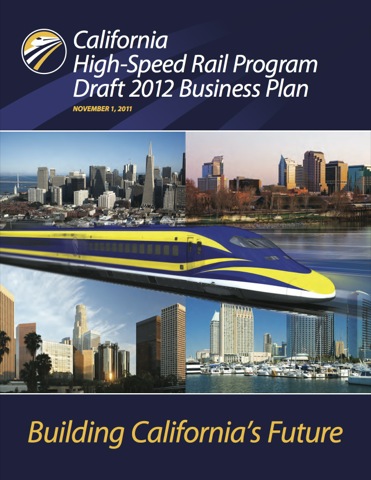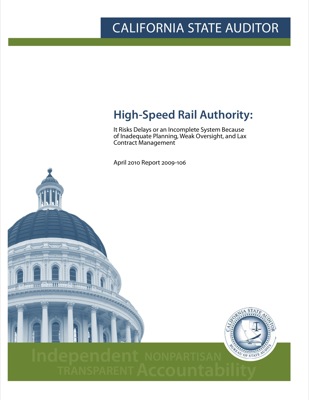Once the envy of much of the rest of the United States, the California high-speed rail project is increasingly viewed as being run by a bunch of buffoons who can’t see the handwriting on the wall. Actually, a few of them may see it: last week the authority’s executive director and board chair both resigned. The former said he wanted to “spend more time with his family,” code for “I no longer want my name associated with these crackpots.”
The board chair remains on the board, and the board as a whole still can’t read the handwriting. Last week they decided that, when they fail to find the money to build the portion of the line from Bakersfield to Los Angeles, they won’t build it through Lancaster and Palmdale instead of not building it over the Grapevine, which had previously been given serious consideration. To even bother to make the decision shows they haven’t realized the project is hopeless.









